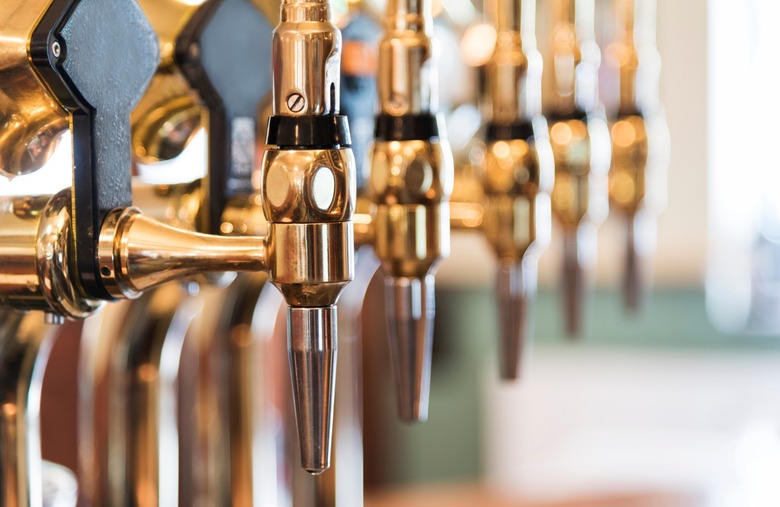Tap Wine, The Eco-Friendly Way To Drink
Having beer on tap is old news, but who knew that it's a super-green and eco friendly way to have a drink? Kegs prevent needless waste associated with drinking, which is why eco-friendly organizations are now arguing for wine on tap.
The waste that accumulates from beer is obvious, all those cans will be laying in a landfill somewhere, not to mention the waste that comes from glass bottles, screw tops and those plastic si- pack rings that are infamous for harming dolphins. While you may not see the glass bottle, label, and cork that came with the glass of chardonnay you had with dinner, it's still there. And it's piling up. As restaurants realize this, an increasing amount are turning to tap wine to cut costs and boost quality.
Wine on tap, or wine from a keg, may shock American sensibilities but is already a common way to have a glass in Europe. A keg of wine can last up to 20 years, whereas a bottle will easily be tossed into a trash can after the end of an evening. While glass wine bottles can be recycled, the majority of them aren't. In fact only about 27 percent of them are repurposed, which leads to a lot of wine-related waste. Add that to the costs of transportation of all those heavy glass bottles, and you've got yourself a big carbon footprint for your Shiraz.
Getting wine on tap might not be the most obvious choice for restaurants right now, but there are a few who are leading the way. Those who are experienced in drinking wine from a keg argue that it helps to preserve the wine's taste better than any glass bottle can. And some say choosing wine on tap will help increase profits while helping the planet. Despite the increasing amount of wine-savvy establishments on the coasts who have traded in their corks for kegs, wine on tap has a long way to go before it becomes integrated into American mainstream. As eco-consciousness becomes increasingly important, wine on tap may become the default way to get a glass when dining out.
